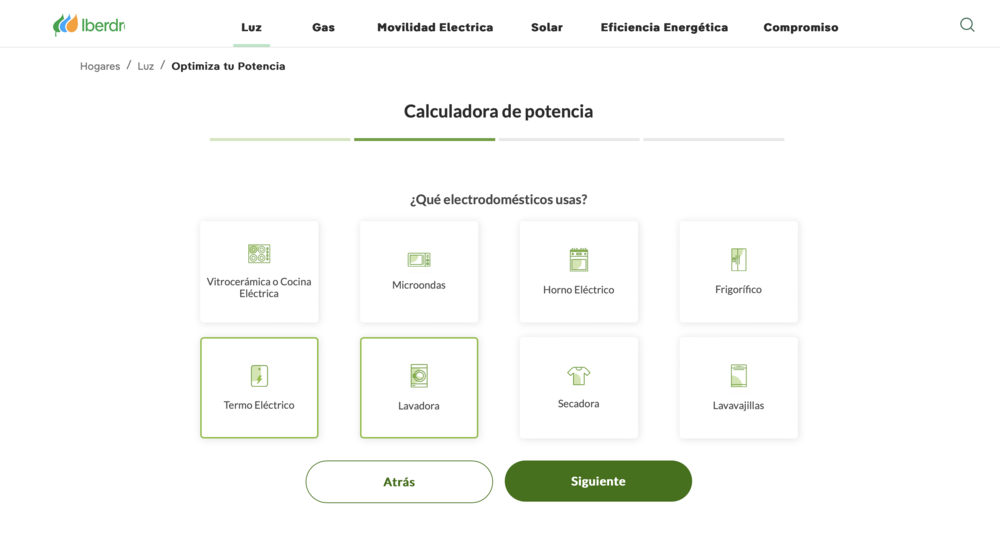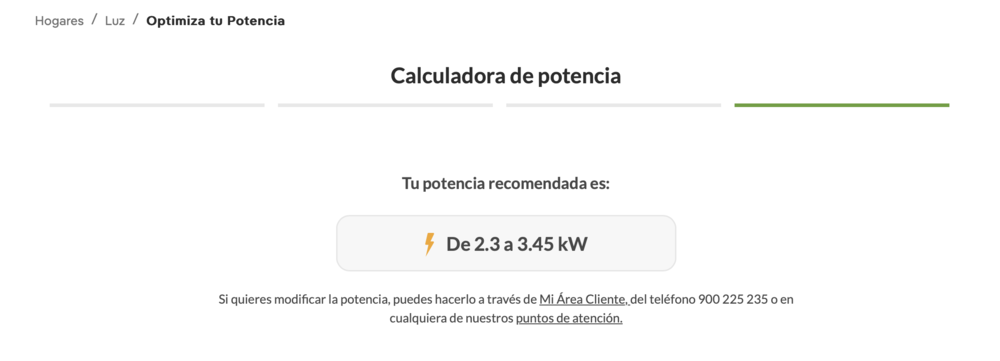It is one of the situations that can occur at the least opportune moment, with the headache that it can cause. However, the reality is that there are methods to try to minimize the chances of the Power Control Switch tripping. We tell you.
When the leads jump, we quickly have to go to raise them and, in addition, turn off any of the appliances or devices that were connected to the network. This situation is usually very common, for example, when during the coldest and hottest months of the year we usually turn on the cooling or heating of the home, depending on the season. Also accompanied by the rest of the appliances that are usually connected to the power: such as the oven while we cook, for example.
Know exactly the number of appliances, and the category of them, which can be connected simultaneously, is not an easy task. Since consumption may vary depending on different attributes. However, there are methods to get a generalized idea about this data.
power calculator
The first step we must take to calculate the number of appliances that can be connected at the same time is to know what the optimal power that we should have hired. To do this, it is worth keeping in mind that most electricity retailers have online calculators that allow us to obtain this information.
In the case of Iberdrola, for example, we only have to answer a few questions about our home and the appliances we have installed. The first thing we have to report is the city where the home is located and the square meters it has. Next, we will have to select the appliances we use and answer some questions related to heating or air conditioning. Once we have answered everything, we can obtain a personalized recommendation on the power that we should hire based on our use.

Once we have this information, and we have adapted our rate to it, the next step is to know how many appliances we can cover with the kW that we have contracted.

The sum of household appliances
Once we know what power we must have contracted, the next step is to know what the approximate consumption of each appliance. If we help ourselves with the information provided by pages such as Fotocasa, accessible at this link, we have an estimate on the general consumption of all appliances. For example, a domestic electric oven has an average power of 1.5kW per hour. The refrigerator has a consumption, following the same source, of 0.3 kW per hour, which should be multiplied by 24 hours a day.
In some cases, such as the oven, it is common that we can find a sticker that indicates the energy consumption. This data will be much more precise and will give us real consumption. However, it is important to note that some devices may also display their consumption in W (watts). To get the kW and homogenize the unit, we must divide the data by 1000.
Having said the above, it is worth keeping in mind that counters have what is known as counter tolerance. During a limited period, we can consume more power than contracted. Although, yes, punctually. In addition, it is worth remembering that many appliances do not always maintain maximum power consumption continuously, but rather turn on and off. Therefore, the previous consumptions are, again, indicative.
Having said all the above, we must take into account a second factor. When we go to the electrical panel, next to the general differential appear different regulators that group together areas of our home or even that are associated with specific types of devices. When a certain consumption is exceeded in each of these circuits, the limiter trips. Even if we have not reached the general contracted power. The maximum power is represented by the letter A or C, followed by a number. To translate this indicator into watts, we will have to multiply this value by 230 volts.












